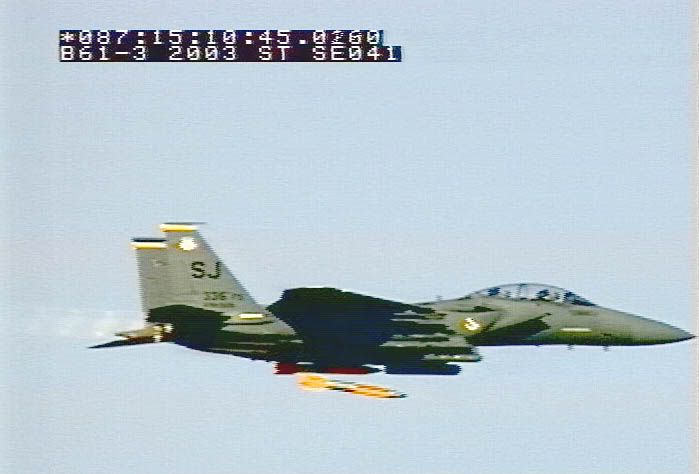Not sure if this was posted yet but it was recently has been declassified. Very very very chilling.
http://www.unmuseum.org/goldsboro_bomb.htm
A good read. Here are some pieces from it:
The whole incident might have been simply an unfortunate, tragic, but not uncommon training accident if it hadn't been for what the B-52G had been carrying:
Two Mark 39 nuclear bombs with a combined yield of around
8 megatons: the equivalent of 8 million tons of TNT that had more power than
500 Hiroshima-type bombs put together.
On the second bomb, however, the retardation parachute did deploy, indicating that the bomb went through at least part of its arming sequence.
The device's parachute snagged on a tree and this left the bomb hanging with just the bottom 18 inches of the nose buried in the ground. Otherwise it was completely intact.
Obviously, since the bomb didn't detonate, it hadn't been completely armed. The fact that the bomb had even partly gone through its arming procedure, however, was alarming to USAF officials and the details of what actually happened inside the nuclear device became a closely-guarded secret.


